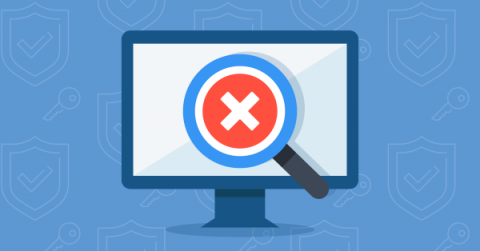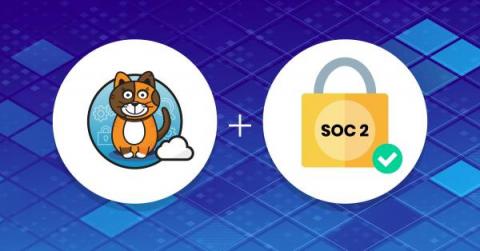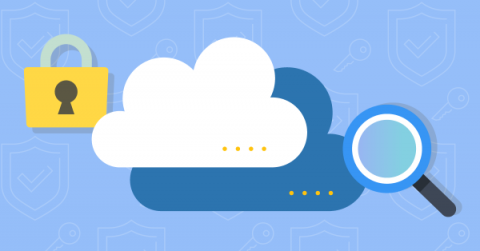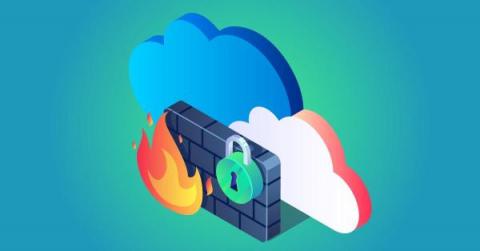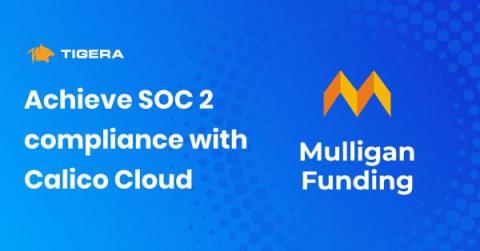Hands-on guide: How to scan and block container images to mitigate SBOM attacks
According to OpenLogic’s Open Source Adoption and Expansion in 2022 Report, the adoption of Open Source Software (OSS) across all sizes of organizations is rising with 40% of respondents stating an increase of OSS software over the previous year and 36% reporting a significant increase in OSS software usage. The increase in OSS adoption can be attributed to a number of factors including access to the latest innovations, reduction in costs and frequent product updates.


